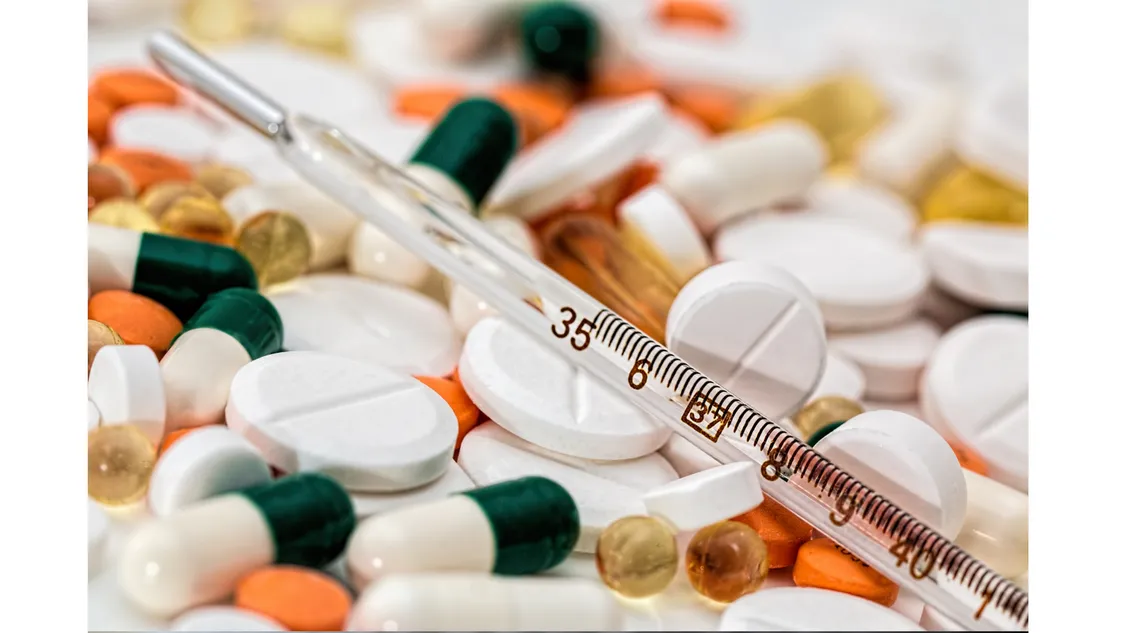25 Nov 2021
Background of World AIDS Day

On December 1st the world commemorates World AIDS Day. We remember those we’ve lost, join in solidarity with people living with HIV today, and transform the future for everyone by ending HIV transmissions and reducing stigma.
As we mark 40 years since the first reported cases of HIV-related illnesses and deaths, we can see how far we’ve come. Today an estimated 105,200 people live with HIV in the UK. 98% of people living with HIV in the UK are on effective treatment and 97% can’t pass the virus on.
Yet our recent research found 63% of the public do not remember seeing or hearing about HIV in the past six months. Only a third said they have sympathy for people living with HIV regardless of how they acquired it.
Whilst we reflect on the HIV epidemic and how we can focus on continuing to make change, Chemsex is something which has been brought to attention in recent years. This relatively new trend most commonly used within the homosexual community raises concerns of increasing the amount of STI’s being transmitted and potentially increasing HIV cases again.
What is Chemsex?

Chemsex is where individuals take certain drugs to enhance their sexual experiences. The drugs usually increase desire and reduce inhibitions. Chemsex can involve several different drugs but the most common and widely used within the Chemsex world are Mephedrone, Crystal Meth and GHB.
The trend has only started to come to light in the past 10 years. As the popularity of taking these types of drugs increases, combined with the rise in social media and online dating apps, more people than ever are having casual hook-ups. Which may then result in Chemsex.
Chemsex has become popular in the United Kingdom particularly amongst gay men. They often take multiple psychoactive drugs at the same time to increase the duration of sexual activities. These sessions can last for a few hours or go on for a few days. They are also often with multiple sexual partners in that timeframe.
Reasons for getting involved in Chemsex
Some users report using them to manage negative feelings, such as a lack of confidence and self-esteem, internalised homophobia, and stigma about their HIV status.
It might also be used just to increase pleasure and sexual arousal for the individual. The act creates excitement as well as enjoying not just the act of sex but the feeling from taking the drugs themselves.
By being involved in Chemsex individuals may develop an addiction.
What drugs are used in Chemsex?

As mentioned above, it is usually mephedrone, crystal meth and GBH which are commonly used in Chemsex. The drugs are usually snorted. However, there is something called ‘slam sex’ where the drugs are injected for a more intense high.
As well as this, to a lesser extent, Cocaine and Ketamine are also used. All, except ketamine, are stimulant drugs in that they typically increase heart rate and blood pressure and trigger feelings of euphoria.
What are the concerns around Chemsex?
There are many concerns about Chemsex. As drugs are being used to achieve high pleasure, they are also mind-altering. For example, someone who would always wear a condom might not wear one after taking a certain drug because it may change their thinking. This could pose more issues surrounding transmitting STI’s.
When being involved in ‘slam sex’ injecting drugs is very common. If individuals are sharing needles, then that can also spread sexually transmitted infections (STI’s).
Some people may argue that people have always had ‘drunk sex’ or ‘high sex’ but what raises concerns is the choice of drug. These drugs make you lose your inhibitions. In particular, GHB is a mild anaesthetic which may mean that more rough and forceful anal sex may take place. Again, this type of sex can increase the chance of infections.
According to The Chemsex Study by Adam Bourne et al. ‘while drugs were able to facilitate a great deal of sexual pleasure, they were also associated with a range of physical, mental, social and relational harms. Overdosing was an issue of significant concern for a large number of men, particularly in relation to dosing of GHB/GBL. Several men had been hospitalised as a result of overdosing, while others had experienced panic attacks, convulsions and loss of consciousness.’
‘Three men reported being the victim of sexual assault under the influence of drugs, and several others reported hearing about the sexual assault of friends or acquaintances. Problems relating to paranoia, anxiety, or aggression were reported by some men, while a few had experienced acute attacks of mania or psychotic episodes that required medical intervention.’
‘Chemsex occupied a large amount of time for many men, both in terms of actual engagement and recovery. A significant number of those we interviewed lamented the lost opportunities for social connection, career progression or relationship development, which they believed was a consequence of their drug use.’
‘While the majority saw their drug use as relatively unproblematic, many had sought, or were seeking, greater control over their drug use (for sex).’
How can we treat Chemsex addictions?
There are harm-reduction approaches that could make Chemsex safer. For instance, some sexual health clinics provide batches of colour-coded needles, which helps participants stick to their own needles and avoid needle-sharing.
As for Chemsex addictions there are a range of different treatments and therapies available which can help. This could include going to a rehabilitation centre.
Here to help
If you or someone you know has been affected by Chemsex, drugs or addiction, do not hesitate to call our specialist team. They are here to answer any questions and concerns you may have. They can help to direct you to the right treatment option for your needs.
